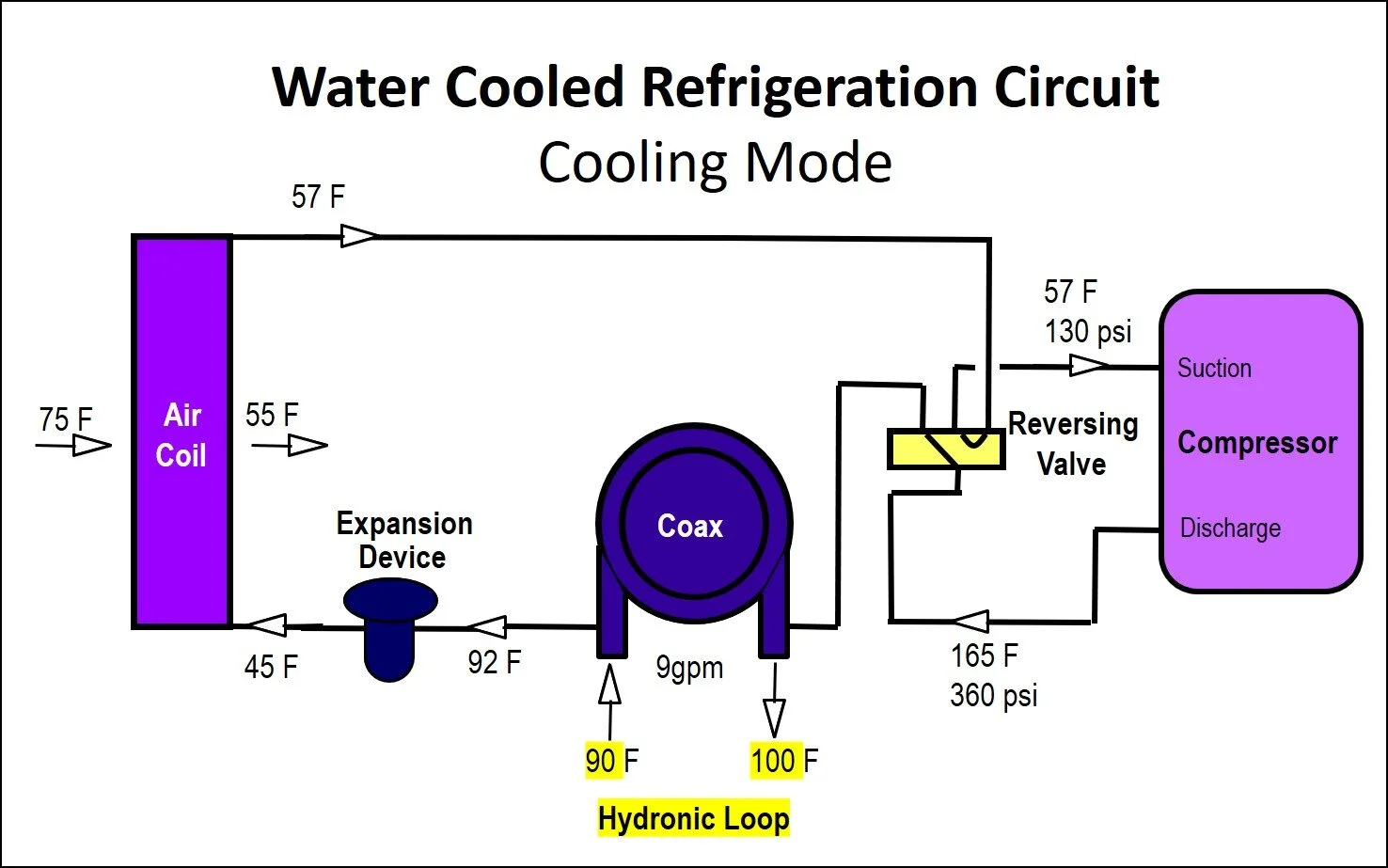Introduction to Water Source Heat Pump Systems Part 3: Basic Operation
/WSHPs operate similarly to traditional air source heat pumps (ASHPs) in that they transfer heat rather than creating it from a combustible fuel. Both incorporate a refrigeration cycle to facilitate heat transfer and both include a valve to reverse the cycle, depending on whether the unit is in heating or cooling mode. The primary distinction between WSHPs and ASHPs is….
Read More



